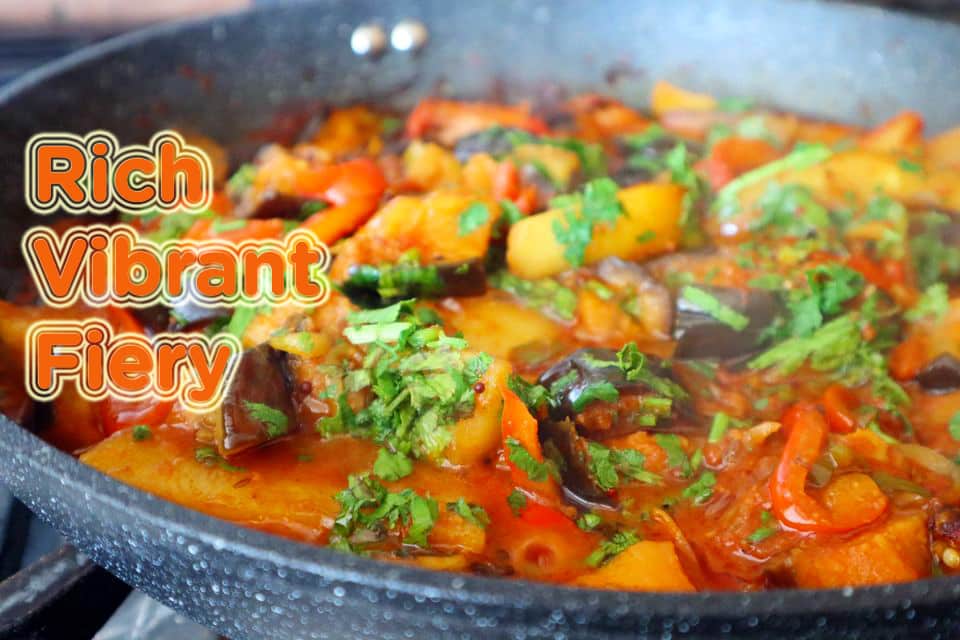Britains Love Of Curry
The Brits taste buds are on the rise – that is to say that hotter curries are showing an increase in demand. According to Foodhub data 11% of us eat curry between three to seven times a week with a further 22% eating curry weekly and with only 10% never eating it. There are over 8,500 Indian restaurants in the UK with 80% being owned by Bangladeshis.
In 2001 Chicken tikka masala, positioned Indian cuisine even more firmly on the map, when it was referred to as a “true British national dish by the Foreign Secretary Robin Cook. This UK fondness for Indian food translates into the fact that there are more Indian restaurants in Greater London than in Delhi and Mumbai combined.
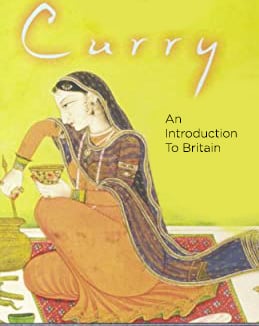
A Histroy Of Curry
Curry was introduced to English cuisine in the 17th century, through Anglo Indian cooking, where spicy sauces were added to boiled rice and cooked meats. To further this introduction into society, The Art of Cookery Made Plain & Easy’ by Hannah Glasse, published in 1747, was the first British cookery book to include three recipes on Indian pilau.
This developed further in the 18th century when viceroys and governors – often referred to as nabobs or nawabs, returning home from their overseas postings in the East India Company craved for the tastes of the spice. This was so much so, that the wealthy brought their cooks back to the UK with them so that the genuine flavours, textures, and authenticity could be digested. Those less comfortable, satisfied their foodie requirements by frequenting coffee houses such as the Norris Street Coffee House in Haymarket and by 1784 curry and rice was a well sought-after dish especially around Piccadilly, London.
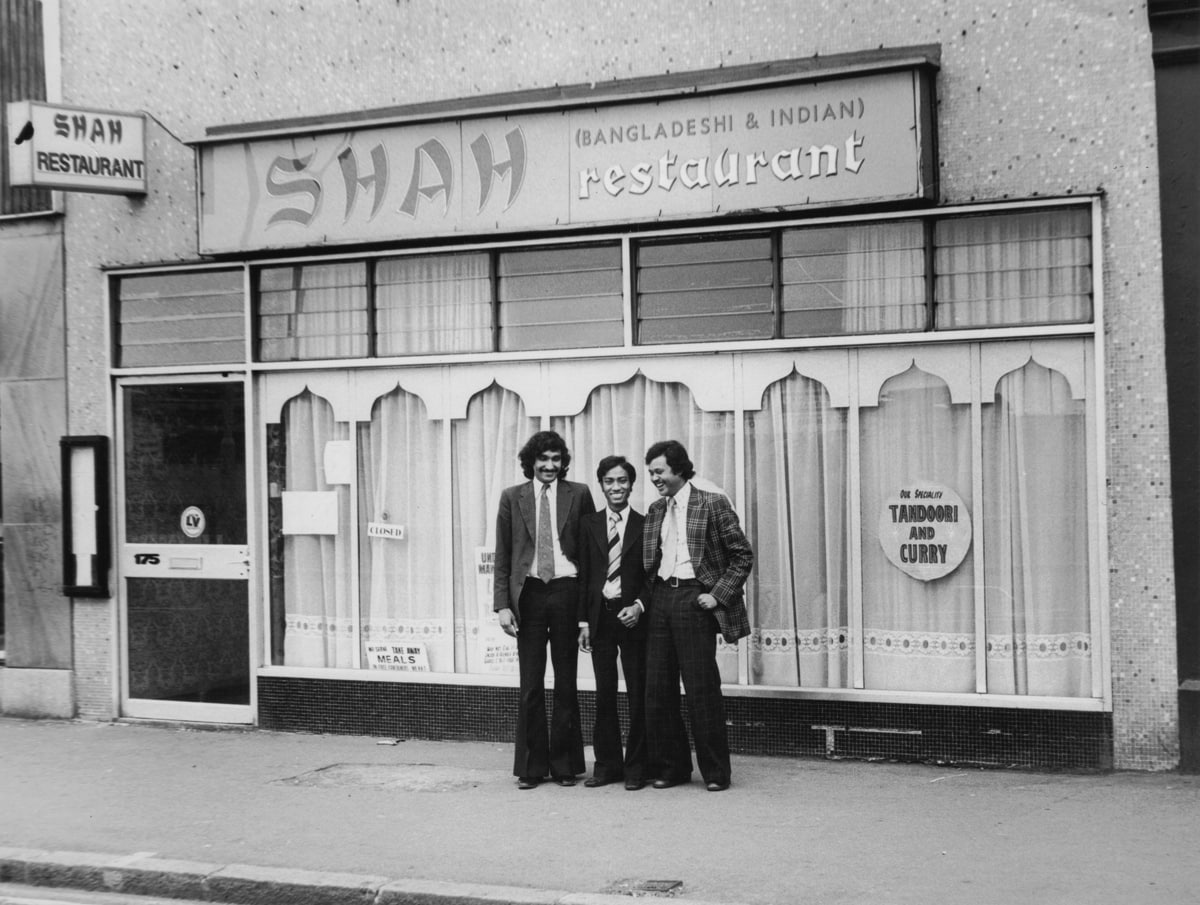
Birth Of The Curry House
In 1894 the first dedicated Indian restaurant opened in Portman Square, London by Sake Dean Mohamed who tried to create an authentic Indian experience both in its surrounds with Indian art, bamboo chairs, hookahs, paintings and a menu that surpassed all expectations. However, despite its popularity it failed due to the wealthy employing their own Indian chefs, location, and competition from more centrally located curry houses that were beginning to merge.
As more South Asians migrated in the early 20th century with numbers of 70,000 being reported the demand was once again on the up with most famous being Salut-e-Hind in Holborn and the Shafi in Gerrard Street. In 1926, Veeraswamy an aspirational Indian restaurant opened at 99 Regent Street and became a firm favourite of Winston Churchill, as well as being frequented by Edward VIII, the former Prince of Wales. Married to a Mughal princess, Begum Fyze Baksh, its owner, Edward Palmer managed to recreate the spirit of the Raj and its regal heritage which lives on to today and is now part of The India Collection which includes Amaya and Chutney Mary.
In the fifties and sixties Indian restaurants started to emerge in many major cities and the menus were adapted to suit a wider audience with a more subtle palette. By the seventies, they had adopted a new plan and extended their opening hours to catch the late-night crowd after pubs closed which proved to be both successful and lucrative.
So What Are The Top Eaten Curries In The Uk?
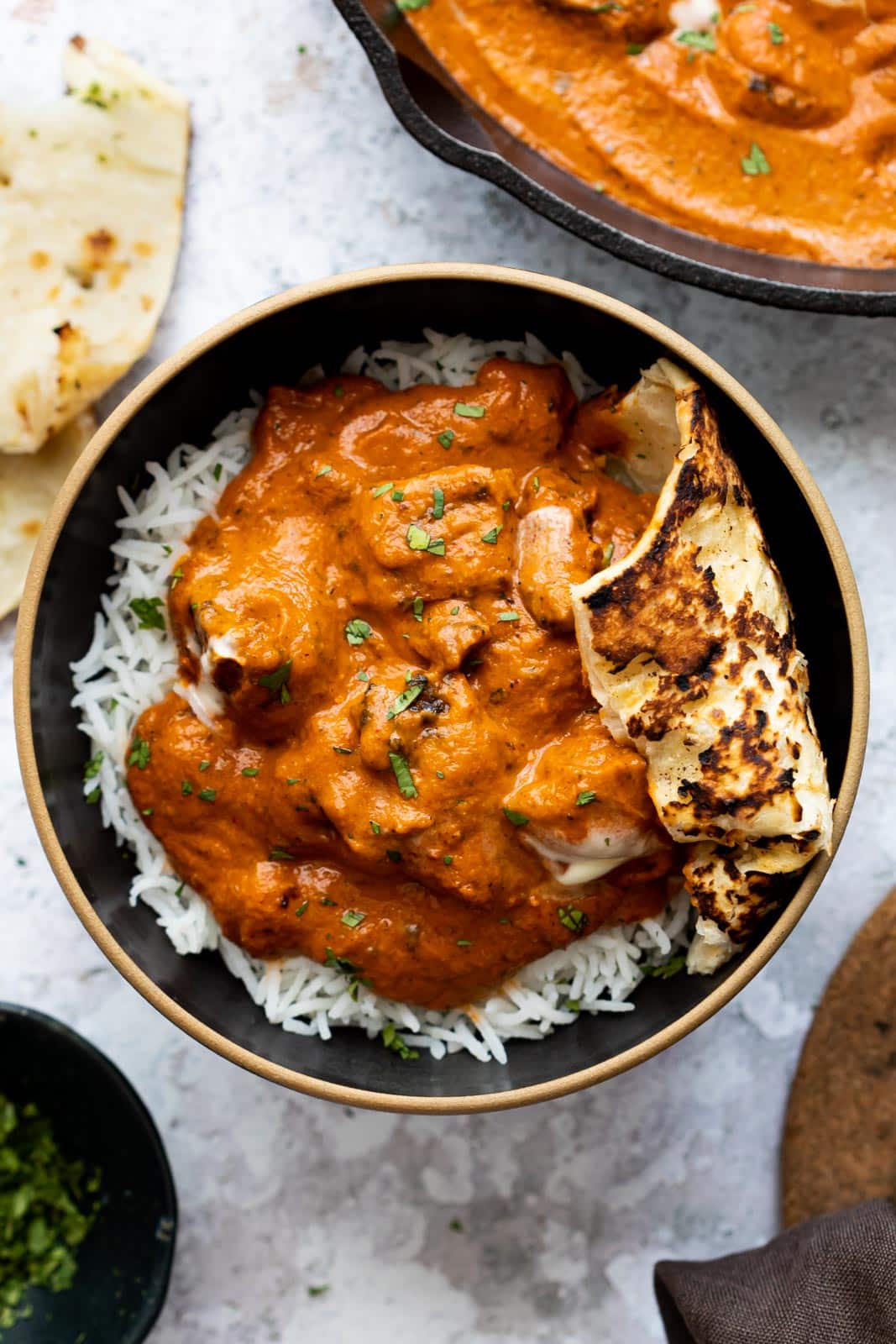
Korma
tame, a good entry point for the novice, creamy from yogurt and coconut milk.
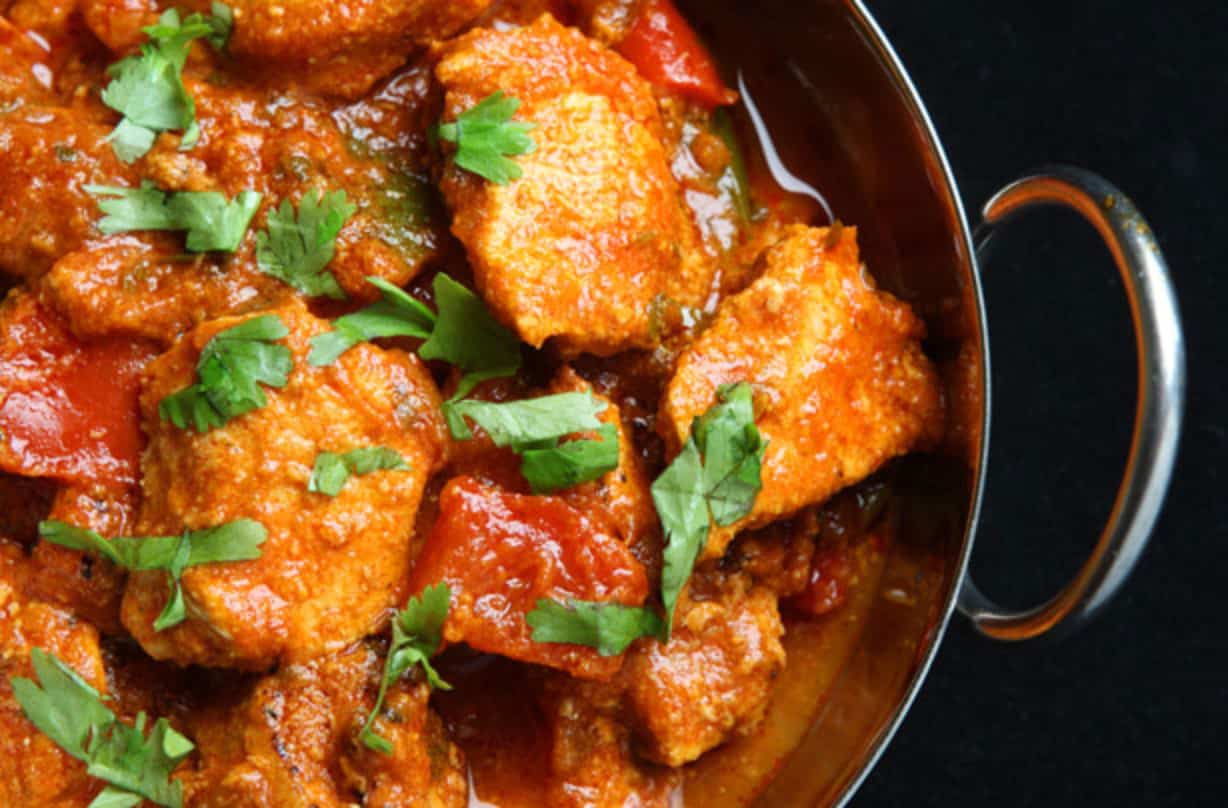
Jalfrezi
hot and spicey for meat or veg, not for the faint hearted
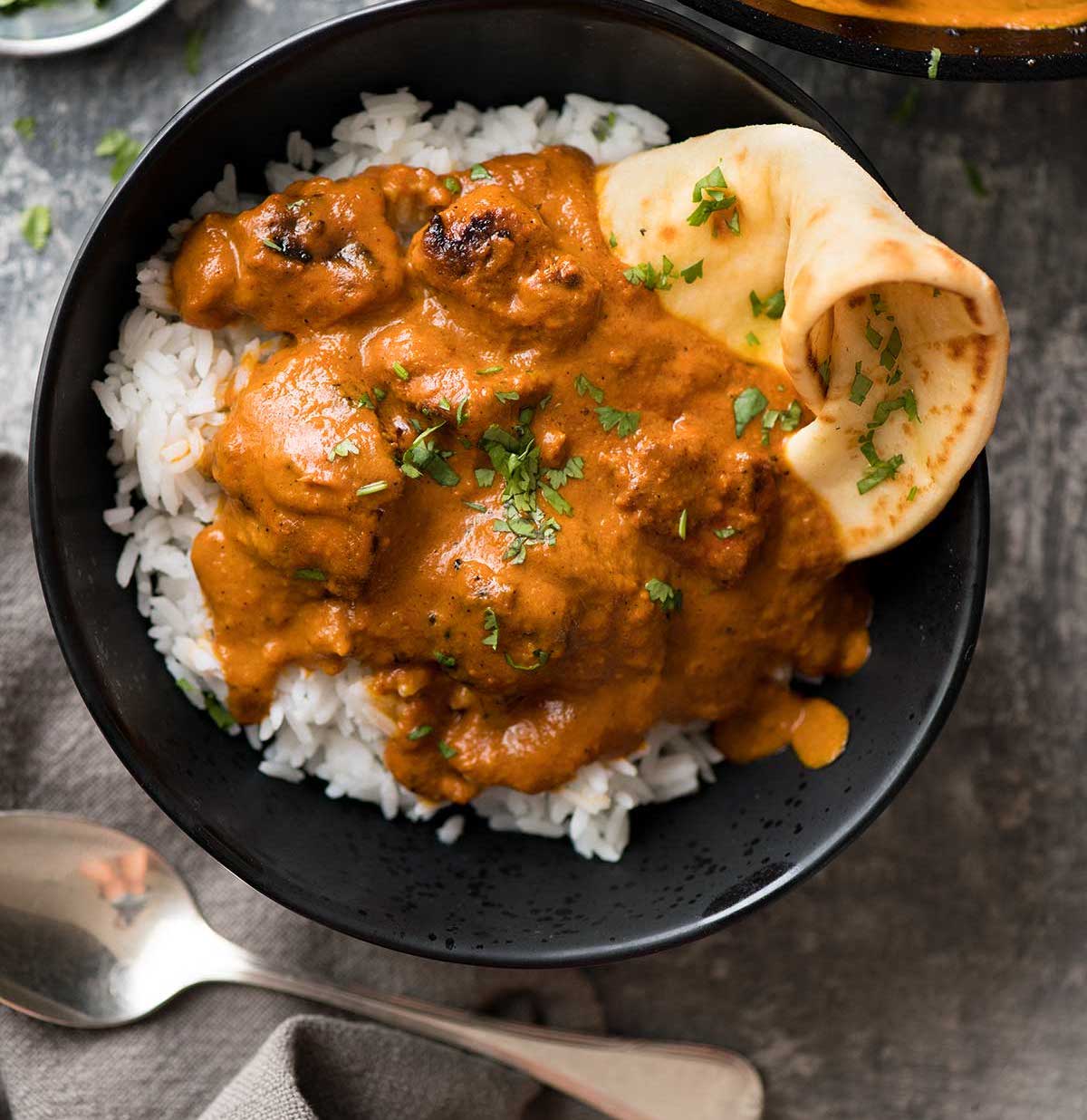
Chicken Tikka Masala
tomato based and flavoursome, not too spicey
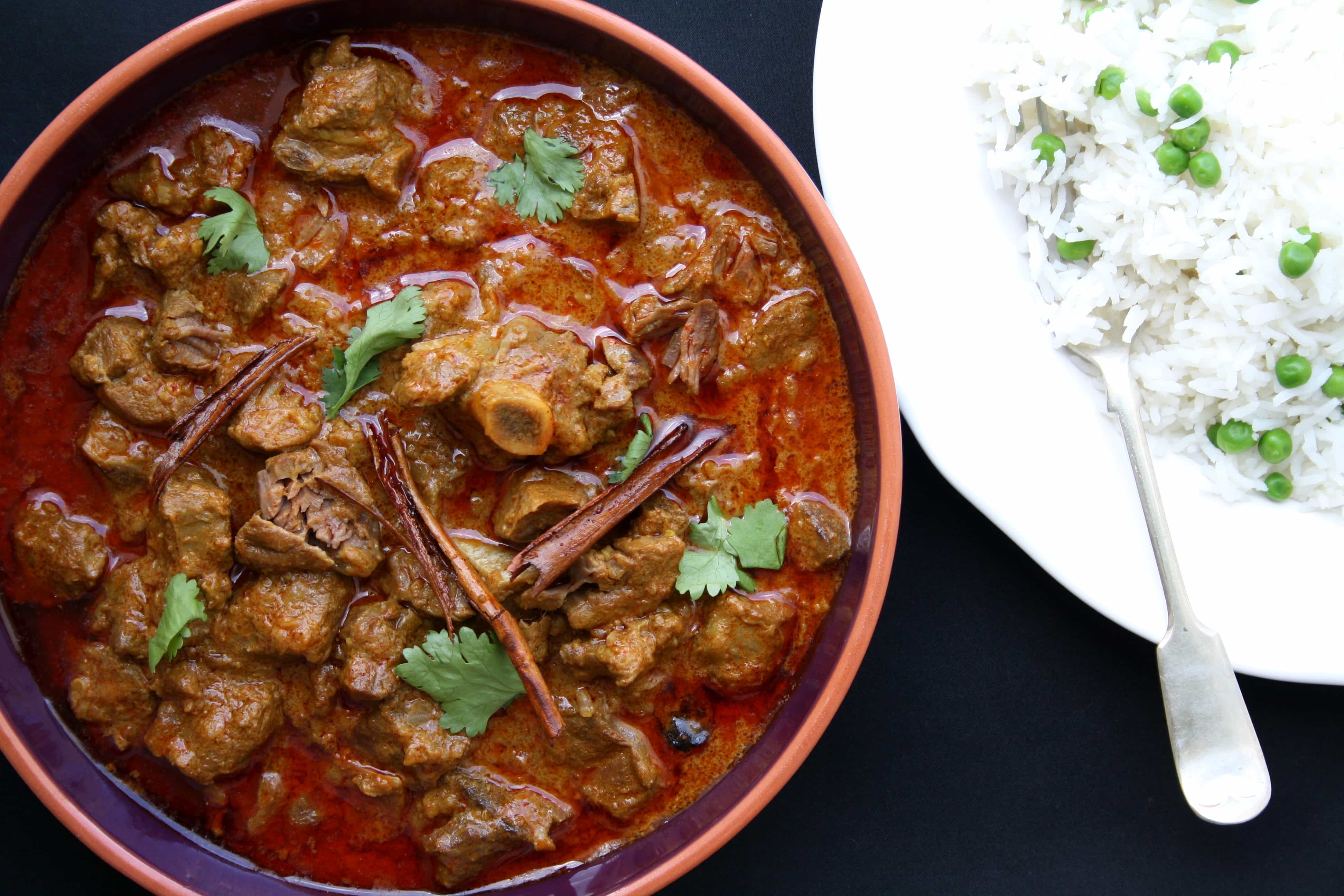
Rogan Josh
red in colour from the infusion of tomatoes and red peppers, with a bit of a kick
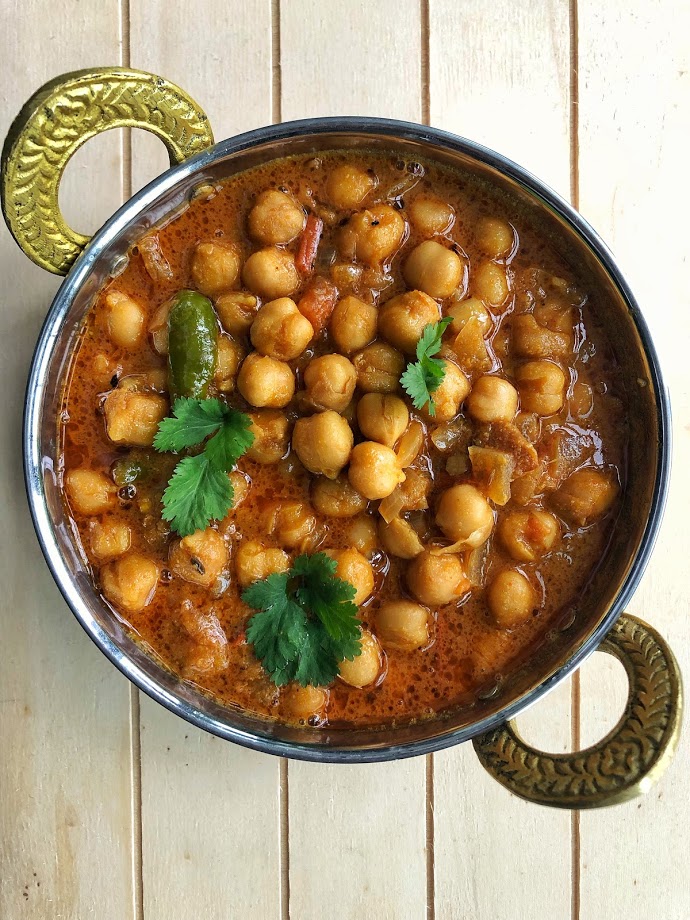
Chole
great option for vegetarians or vegans, North Indian dish, poori is a perfect accompaniment
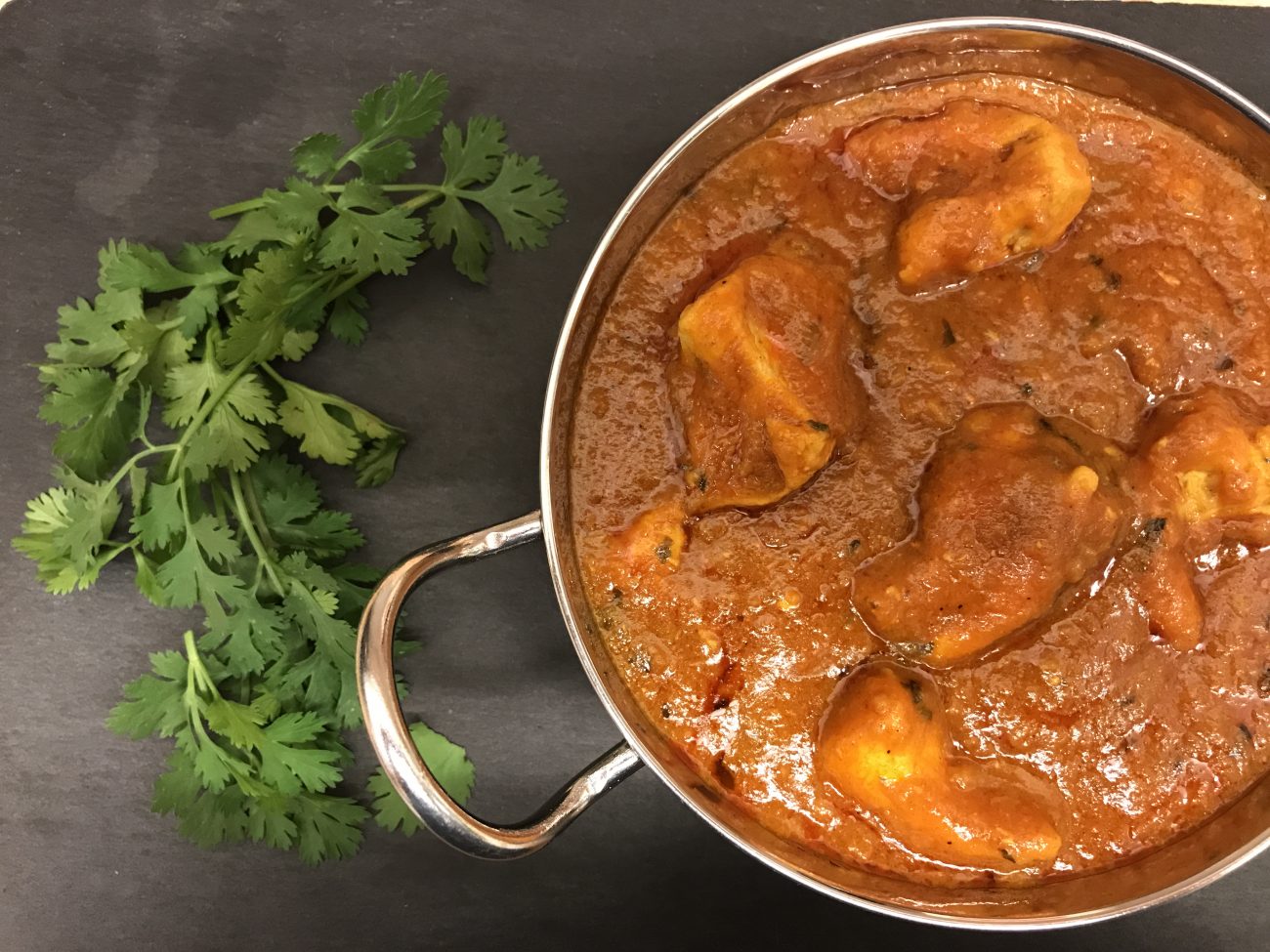
Dhansak
sweet and sour combination
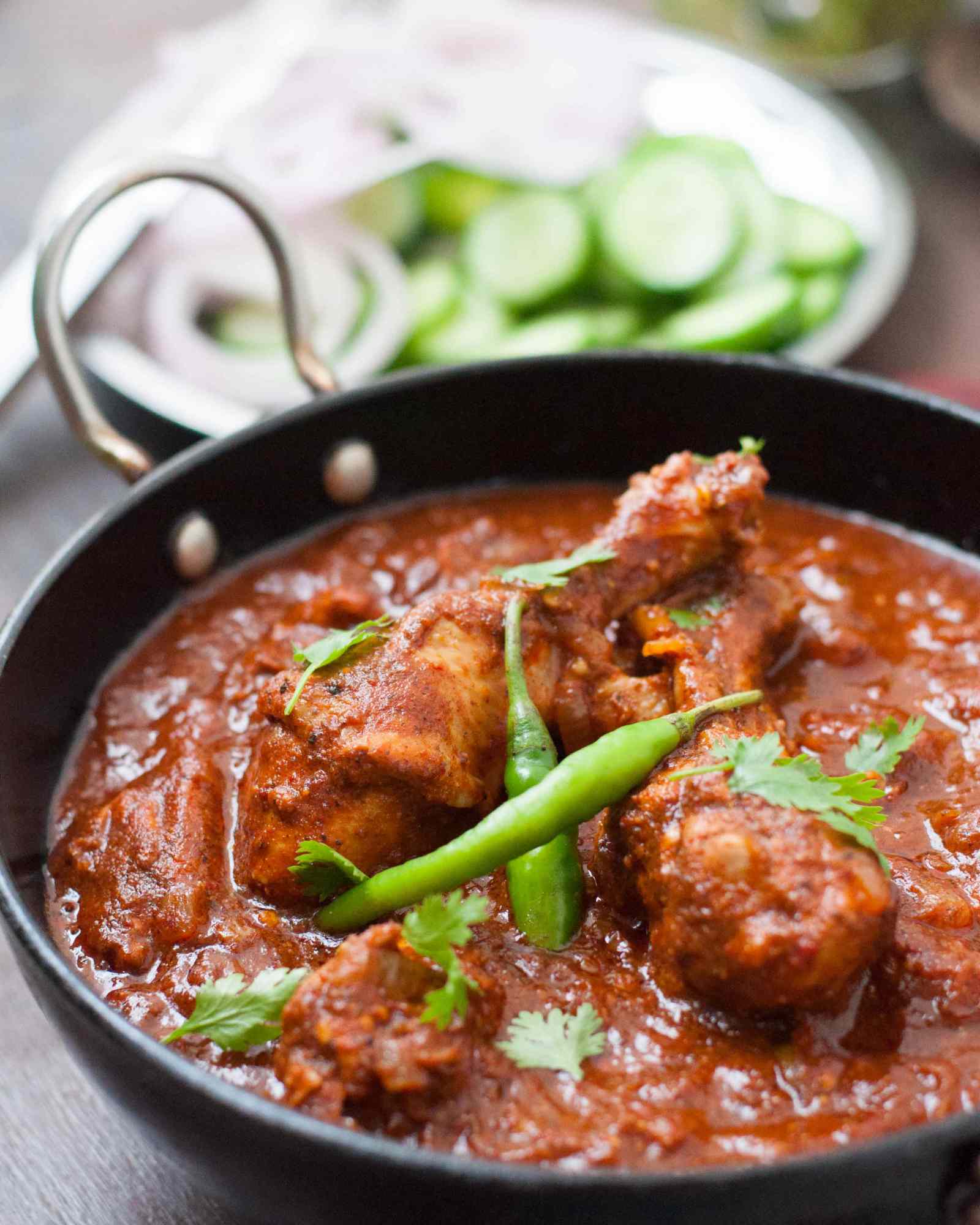
Vindaloo
fiery meat dish that originates from Portugal.
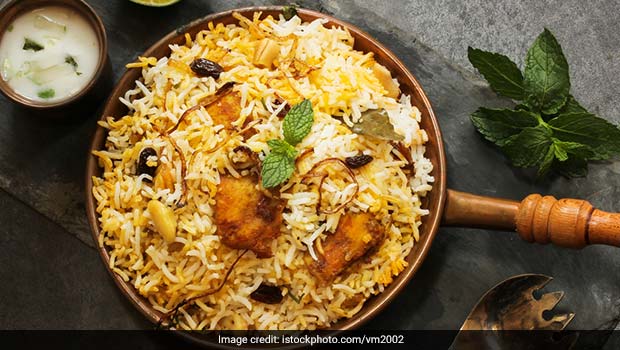
Biryani
Special rice dish with chicken or lamb, full of colour and flavour
Fancy Your Hand At One Of These Dishes?
We’ve teamed up with “Cooking With Shaiwana” to bring you her Famous Chicken Biryani the winning recipe for the South West Regional Final on Britains Best Dish
Curry We Love You
The Brits taste buds are on the rise – that is to say that hotter curries are showing an increase in demand. According to Foodhub data 11% of us eat curry between three to seven times a week with a further 22% eating curry weekly and with only 10% never eating it. There are over 8,500 Indian restaurants in the UK with 80% being owned by Bangladeshis.
In 2001 Chicken tikka masala, positioned Indian cuisine even more firmly on the map, when it was referred to as a “true British national dish by the Foreign Secretary Robin Cook. This UK fondness for Indian food translates into the fact that there are more Indian restaurants in Greater London than in Delhi and Mumbai combined.

A
History
Of Curry
Curry was introduced to English cuisine in the 17th century, through Anglo Indian cooking, where spicy sauces were added to boiled rice and cooked meats. To further this introduction into society, The Art of Cookery Made Plain & Easy’ by Hannah Glasse, published in 1747, was the first British cookery book to include three recipes on Indian pilau.
This developed further in the 18th century when viceroys and governors – often referred to as nabobs or nawabs, returning home from their overseas postings in the East India Company craved for the tastes of the spice. This was so much so, that the wealthy brought their cooks back to the UK with them so that the genuine flavours, textures, and authenticity could be digested. Those less comfortable, satisfied their foodie requirements by frequenting coffee houses such as the Norris Street Coffee House in Haymarket and by 1784 curry and rice was a well sought-after dish especially around Piccadilly, London.

The Birth
Of The
Curry House
In 1894 the first dedicated Indian restaurant opened in Portman Square, London by Sake Dean Mohamed who tried to create an authentic Indian experience both in its surrounds with Indian art, bamboo chairs, hookahs, paintings and a menu that surpassed all expectations. However, despite its popularity it failed due to the wealthy employing their own Indian chefs, location, and competition from more centrally located curry houses that were beginning to merge.
As more South Asians migrated in the early 20th century with numbers of 70,000 being reported the demand was once again on the up with most famous being Salut-e-Hind in Holborn and the Shafi in Gerrard Street. In 1926, Veeraswamy an aspirational Indian restaurant opened at 99 Regent Street and became a firm favourite of Winston Churchill, as well as being frequented by Edward VIII, the former Prince of Wales. Married to a Mughal princess, Begum Fyze Baksh, its owner, Edward Palmer managed to recreate the spirit of the Raj and its regal heritage which lives on to today and is now part of The India Collection which includes Amaya and Chutney Mary.
In the fifties and sixties Indian restaurants started to emerge in many major cities and the menus were adapted to suit a wider audience with a more subtle palette. By the seventies, they had adopted a new plan and extended their opening hours to catch the late-night crowd after pubs closed which proved to be both successful and lucrative.
So What Are The Top Eaten Curries In The Uk?

Korma
tame, a good entry point for the novice, creamy from yogurt and coconut milk.

Jalfrezi
hot and spicey for meat or veg, not for the faint hearted

Chicken Tikka Masala
tomato based and flavoursome, not too spicey

Rogan Josh
red in colour from the infusion of tomatoes and red peppers, with a bit of a kick

Chole
great option for vegetarians or vegans, North Indian dish, poori is a perfect accompaniment

Dhansak
sweet and sour combination

Vindaloo
fiery meat dish that originates from Portugal.

Biryani
Special rice dish with chicken or lamb, full of colour and flavour
Fancy Making One Of These Dishes?
We’ve teamed up with “Cooking With Shaiwana” to bring you her Famous Chicken Biryani the winning recipe for the South West Regional Final on Britains Best Dish
Final Thoughts
Today we often think of Vindaloo as the hottest curry, but those with strong constitutions should sample a Phaal, which originates from Birmingham, so whilst staying with us at UR Stay Jewellery Apartments, in the Jewellery Quarter UR STAY BIRMINGHAM APARTMENTS why not have a take out brought in but watch out for those fiery bonnet peppers.
In 2019 Cobra Beer shared data that said “Curry houses employ 100,000 people and have annual sales of 4.2 billion pounds” – boom time for sure, but also strongly indicative of how the Brits have truly embraced the food transported from southern Asia whilst the Indians the cricket; brought over from England in the early 1700s . In 1721 the first cricket match was played in India with the first cricket club the Oriental Cricket Club being formed in 1848 by the Parsi community.

